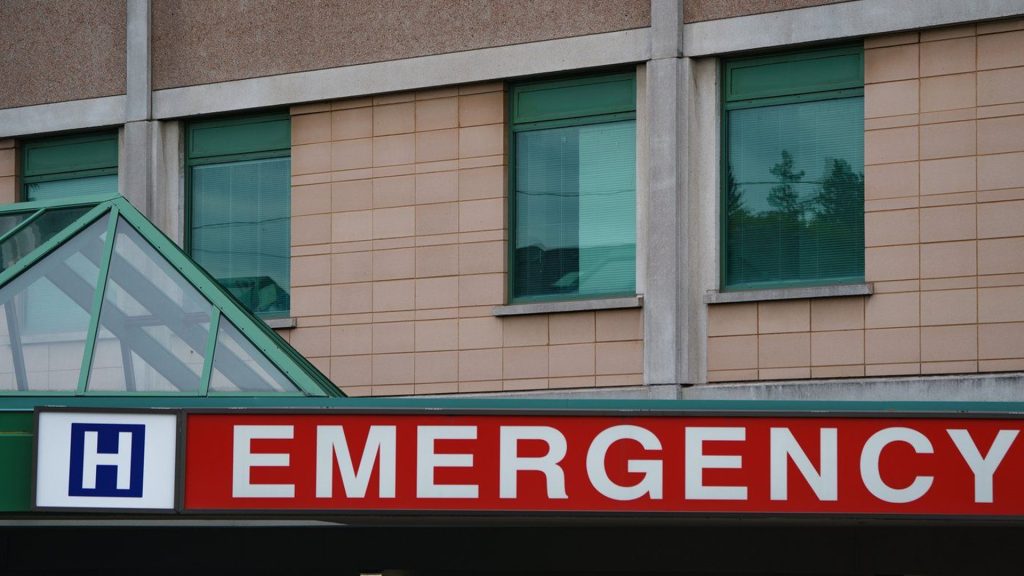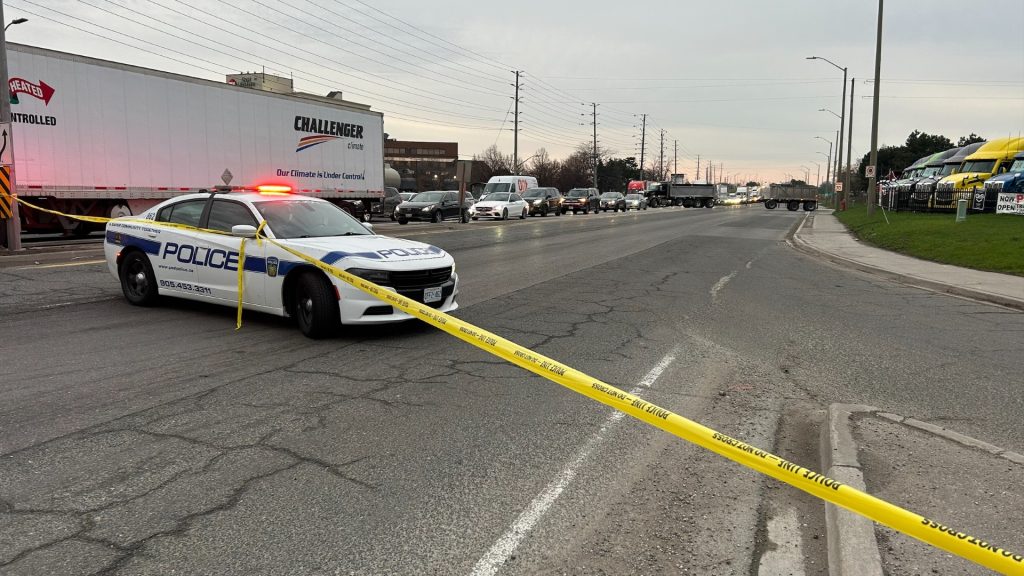Heart Scans May Increase Cancer Risk
Posted February 8, 2011 10:54 am.
This article is more than 5 years old.
Higher cancer rates are found in heart attack patients exposed to greater amounts of low-dose radiation from X-rays, scans and nuclear medicine than those with less exposure, a study suggests.
The association was discovered in an analysis of medical records for almost 83,000 patients who had a heart attack in a 10-year period in Quebec. The findings were published Monday in the Canadian Medical Association Journal.
“We’ve shown that there’s a link,” said Dr. Louise Pilote, an epidemiologist at McGill University Health Centre in Montreal.
“We have to continue the research to exactly find out … at what point we’ve reached the maximum, the dangerous threshold in terms of cumulative exposure. But we’re certainly not there yet in the science.”
She and her co-authors took on the project because there’s been “an explosion,” especially in the United States, in the use of X-rays, CT scans and nuclear medicine, as well as CT angiography used to screen for coronary artery disease. In fact, Pilote said, some U.S. shopping malls have locations where individuals can go for a total body CT scan without a physician referral.
Of those studied, 77 per cent had at least one cardiac procedure with low-dose ionizing radiation within a year of a heart attack. More than 12,000 cancers were detected in the follow-up, with two-thirds of them affecting the abdomen, pelvis and chest areas.
For every 10 “milliSieverts” of low-dose ionizing radiation, there was a three per cent increase in the risk of age- and sex-adjusted cancer over a mean follow-up period of five years, the study found. The milliSievert is commonly used to measure the dose in diagnostic medical procedures.
“I think this study’s very important because it gives us a pause to say, ‘OK, should we be measuring radiation in patients?’ We’re not keeping track at all of all the radiation the patients are being exposed to, and we have to make sure the benefits of using any medical treatment — be it radiation-related procedures or drugs — (that) the benefits outweigh the risk,” said Pilote.
“It just reminds us that we should practise evidence-based medicine.”
But she and others cautioned that patients who need to be scanned shouldn’t be put off by the findings.
“In cardiac patients who just sustained a myocardial infarction, it’s clear that the exposure to these radiation (procedures) is warranted,” Pilote said. “And it probably way outweighs the risk of them ever developing a cancer, OK? That has to be made clear, otherwise patients are going to go berserk.”
Mathew Mercuri, who wrote a commentary in the journal, said it’s interesting that the researchers found a dose response when looking at lower levels of radiation exposure. Previous studies have looked at the association between cancer incidence and higher doses suffered by atomic bomb survivors, for instance, or people exposed to workplace radiation.
He called it another of the many wake-up calls for people undergoing procedures, and said radiation is often overlooked because it’s silent and unseen. There’s always a risk involved in medicine, whether a person is taking a drug or going for surgery, he said.
“How important this risk is is a different question altogether,” said Mercuri, who’s studying epidemiology at the PhD level at McMaster University in Hamilton and has written papers on ways to reduce radiation exposure.
“Maybe not having the procedure can be 100 times worse for you … I think that very often with procedures that have radiation as a byproduct, the benefits, you know, very often completely outweigh the risk of the radiation exposure.
“Having said that, you also have to make sure that you just don’t go off and undergo these procedures if you don’t anticipate a benefit because at that point, you’re taking a risk with no benefit.”
One problem in medicine is that patients may be seeing several doctors and they might be sent for duplicate scans.
“The unfortunate part about that is it’s hard to keep track of these doses, because not everyone always records them, and if they recorded them they don’t get put in a central repository, and they’re not always put on notes …. and so people might not be aware of the cumulative dose.”
Mercuri would like to see the health-care system find a way of keeping track.
Dr. Edward Lyons, president of the Canadian Association of Radiologists, said the CMAJ study should cause people to reflect on the radiation they receive, and patients should always ask if a particular test is in fact necessary.
“I also think that doctors should constantly be aware of the amount of radiation being given to patients,” he said from Winnipeg.
“I think that over the last few years, asking doctors, radiologists and physicians alike, the dose of radiation of say a CT scan, most people were unaware of how much radiation people are actually getting. It’s equivalent to 100 chest X-rays.”
He agreed with Pilote and Mercuri that the radiation risk shouldn’t stop cardiac patients, for instance, from getting a scan if their doctor feels it’s necessary.
“But particularly for young people, particularly if you’re having repeated examinations, this is a question that you should ask your doctor: ‘Do I really need this examination?’ Young people with chronic conditions can get a tremendous amount of radiation,” he said.
Lyons said there is likely some overuse of CT scans because scanners are so readily available.
“The companies are acutely aware of this and their focus over the last several years is trying to make a very concerted effort to decrease the amount of dose that a CT scan delivers while still maintaining high quality images.”










